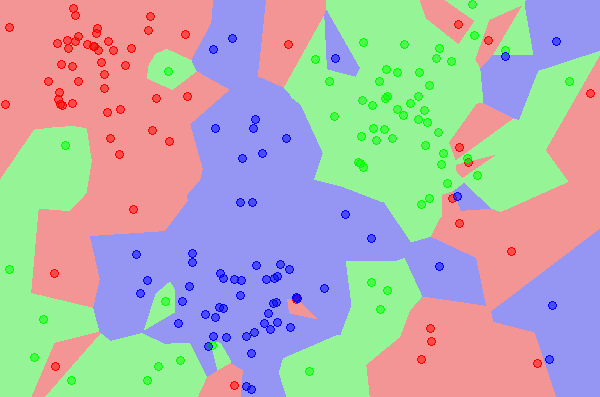Develop k-Nearest Neighbors in Python From Scratch

Last Updated on February 24, 2020
In this tutorial you are going to learn about the k-Nearest Neighbors algorithm including how it works and how to implement it from scratch in Python (without libraries).
A simple but powerful approach for making predictions is to use the most similar historical examples to the new data. This is the principle behind the k-Nearest Neighbors algorithm.
After completing this tutorial you will know:
- How to code the k-Nearest Neighbors algorithm step-by-step.
- How to evaluate k-Nearest Neighbors on a real dataset.
- How to use k-Nearest Neighbors to make a prediction for new data.
Kick-start your project with my new book Machine Learning Algorithms From Scratch, including step-by-step tutorials and the Python source code files for all examples.
Let’s get started.
- Updated Sep/2014: Original version of the tutorial.
- Updated Oct/2019: Complete rewritten from the ground up.

Develop k-Nearest Neighbors in Python From Scratch
Image taken from Wikipedia, some rights reserved.
Tutorial Overview
This section will provide a brief background on the k-Nearest Neighbors algorithm
To finish reading, please visit source site